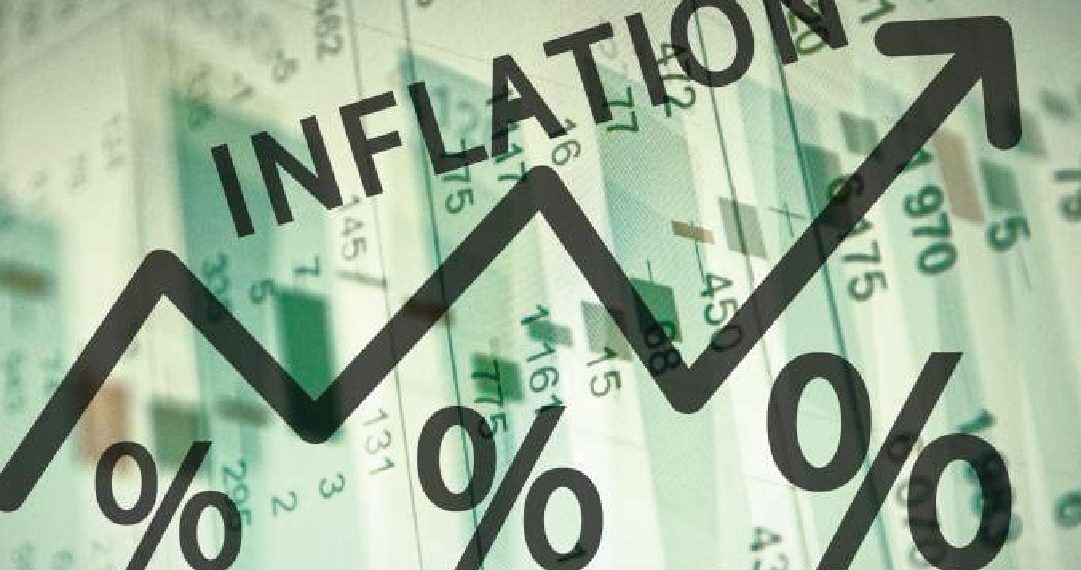Oil prices, on Thursday, July 27, held near eight-week highs supported by a steeper-than-expected decline in U.S. crude inventories that boosted expectations of a shift to a more balanced market.
Brent crude futures LCOc1 dipped 9 cents at $50.88 a barrel at 0950 GMT, after rising about 1.5 percent in the previous session.
U.S. West Texas Intermediate futures CLc1 slipped 6 cents at $48.69 a barrel.
U.S. crude stocks fell sharply last week as refineries increased output and imports declined, while gasoline stocks decreased and distillate inventories dropped, the Energy Information Administration said on Wednesday.
The 7.2 million-barrel drop in inventories in the week ended July 21 was much more than the 2.6 million barrels forecast.
Expectations that the long-oversupplied market is moving towards balance were also supported by this week’s news that Saudi Arabia plans to limit crude exports to 6.6 million barrels per day (bpd) in August, about 1 million bpd below the level last year.
Kuwait and United Arab Emirates, fellow members of the Organization of the Petroleum Exporting Countries, have also promised export cuts.
U.S. shale producers including Hess Corp (HES.N), Anadarko Petroleum (APC.N) and Whiting Petroleum (WLL.N) this week announced plans to cut spending this year due to low oil prices.
But some analysts say a slowdown in shale drilling may prove temporary.
U.S. fuel exports are on track to hit another record in 2017, making foreign fuel markets increasingly important for the future growth prospects and profit margins of U.S. refiners.
In a sign Europe’s major energy firms are turning a corner after a three-year slump, Royal Dutch Shell (RDSa.L), France’s Total (TOTF.PA) and Norway’s Statoil (STL.OL) reported sharp increases in cash flow from operations in the second quarter, Reuters reports.
Profits for the three companies beat analyst expectations, meaning they can all comfortably pay dividends and reduce debt.














